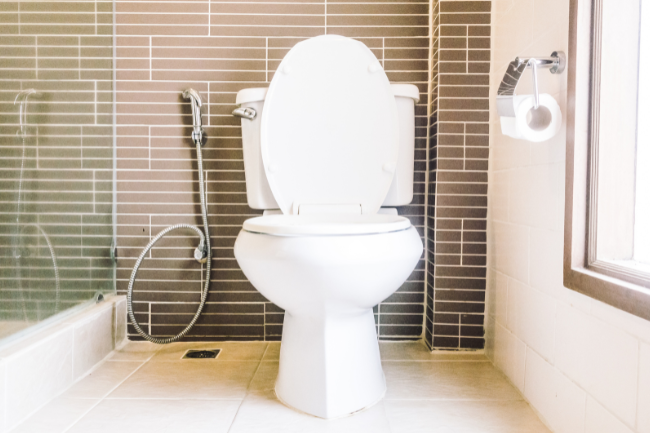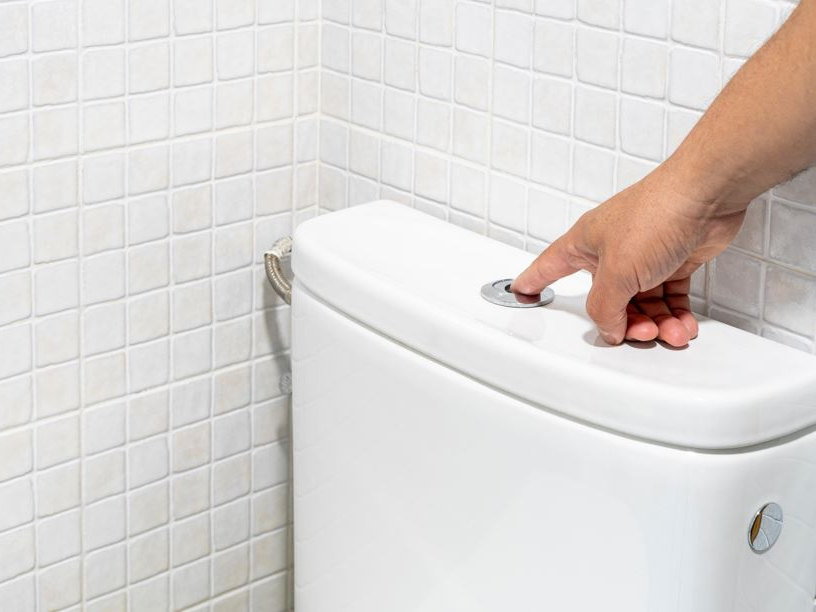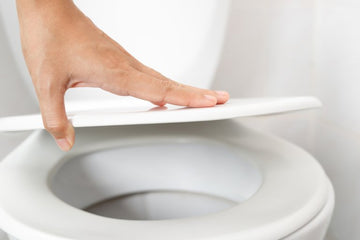In today's world, where sustainability and cost-effectiveness are more important than ever, finding low-cost water-saving toilet options is a priority for many homeowners and businesses. These eco-friendly solutions not only help in reducing water bills but also contribute significantly to environmental conservation. The demand for such toilets has been on the rise, especially among those who are keen on making a positive impact on the planet while keeping their expenses in check.
The importance of conserving water cannot be overstated. According to recent studies, toilets account for nearly 30% of the average household's indoor water consumption. With the growing awareness around water scarcity and environmental concerns, the push for more efficient water-saving technologies has gained momentum. This article explores various accessible and affordable options that promise to cut down water usage effectively.

Why Consider Low-cost Water-saving Toilets?
Choosing a water-saving toilet is not just about reducing your water bill but also about playing a part in the global effort to conserve our most precious resource. Traditional toilets can use between 3.5 to 7 gallons of water per flush, whereas newer models use as little as 1.28 gallons. By installing a water-efficient toilet, homeowners and businesses can significantly decrease their water footprint.
Moreover, many regions offer incentives and rebates for those who opt for water-saving toilets. For instance, various toilet rebate programs are available to encourage the installation of these eco-friendly options. Not only does this help in reducing the overall cost of installation, but it also promotes widespread adoption of water-efficient technologies.
Understanding Different Water-saving Toilet Technologies
When it comes to water-saving toilet options, there are several technologies to consider:
1. Dual-flush Toilets
Dual-flush toilets are designed with two flushing options: one for liquid waste and another for solid waste. This mechanism allows for a significant reduction in water usage. Typically, the full flush uses about 1.6 gallons, while the half flush uses only 0.8 gallons. This simple yet effective solution can lead to substantial water savings over time. For more information on this concept, you can check out our article on dual-flush toilets.
2. Low-flow Toilets
These toilets are engineered to use less water per flush compared to traditional models. They achieve this through improved design and pressure-assisted mechanisms. Despite using less water, low-flow toilets are designed to perform efficiently, ensuring that waste is removed effectively.
3. Pressure-assisted Toilets
Pressure-assisted toilets use pressurized air to force water into the bowl, resulting in a powerful flush. This technology allows these toilets to use significantly less water while maintaining high performance. They are ideal for situations where low water pressure might otherwise hinder flushing efficiency.
4. Gravity-flush Toilets
Gravity-flush toilets are the most common type of water-saving toilets. They rely on the force of gravity to flush the bowl, and modern designs have optimized their efficiency to use minimal water.
Cost-effectiveness and Installation Tips
When considering low-cost water-saving toilet options, it's important to weigh the initial cost against the long-term savings on water bills. While some water-saving toilets may have a higher upfront cost, the reduction in water usage can lead to significant savings over time.
To ensure the best performance and savings, it's crucial to consider professional installation. A professional can help assess your household's specific needs and recommend the most suitable toilet type. Additionally, proper installation can prevent leaks and ensure optimal performance.
It's also recommended to regularly test your toilet for leaks. A leaking toilet can waste a significant amount of water, negating any savings from water-efficient technology. Learn more about how to test your toilet for leaks.
Incorporating Water-saving Toilets in Businesses
For businesses, installing water-saving toilet options can lead to substantial cost reductions, especially in high-traffic areas such as office buildings and public restrooms. Beyond cost savings, businesses that adopt sustainable practices can enhance their brand reputation and appeal to environmentally conscious consumers.
Moreover, businesses can benefit from tax incentives and rebates offered for installing water-efficient systems. These incentives can offset installation costs and encourage more businesses to adopt eco-friendly practices.
For businesses interested in learning more about integrating these solutions, exploring ways to reduce water waste in bathrooms can provide useful insights.

Frequently Asked Questions
What is the average cost of a water-saving toilet?
The cost of a water-saving toilet varies depending on the brand and technology. Typically, prices range from $100 to $500. However, rebates and incentives can significantly reduce these costs.
Can water-saving toilets handle solid waste effectively?
Yes, modern water-saving toilets are designed to handle solid waste efficiently. Technologies like pressure-assisted and gravity-flush systems ensure effective removal while using less water.
Are there any maintenance considerations for water-saving toilets?
Regular maintenance is key to ensuring optimal performance. This includes checking for leaks, regular cleaning, and ensuring that all components are functioning correctly.
In conclusion, choosing low-cost water-saving toilet options is a step towards sustainability and cost savings. By understanding the available technologies and considering professional installation, both homeowners and businesses can make a significant impact on their water usage and environmental footprint. For additional tips on conserving water, you can visit the Woodlands Water website.






